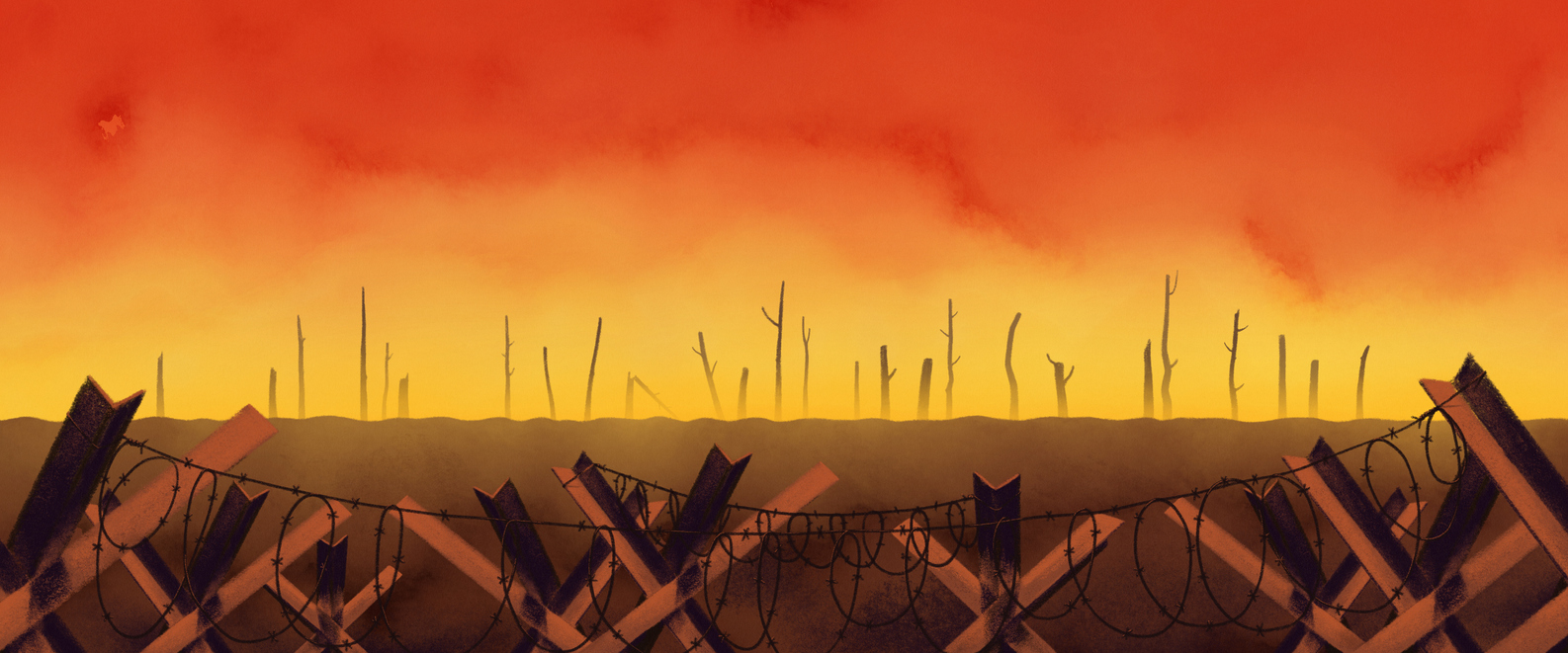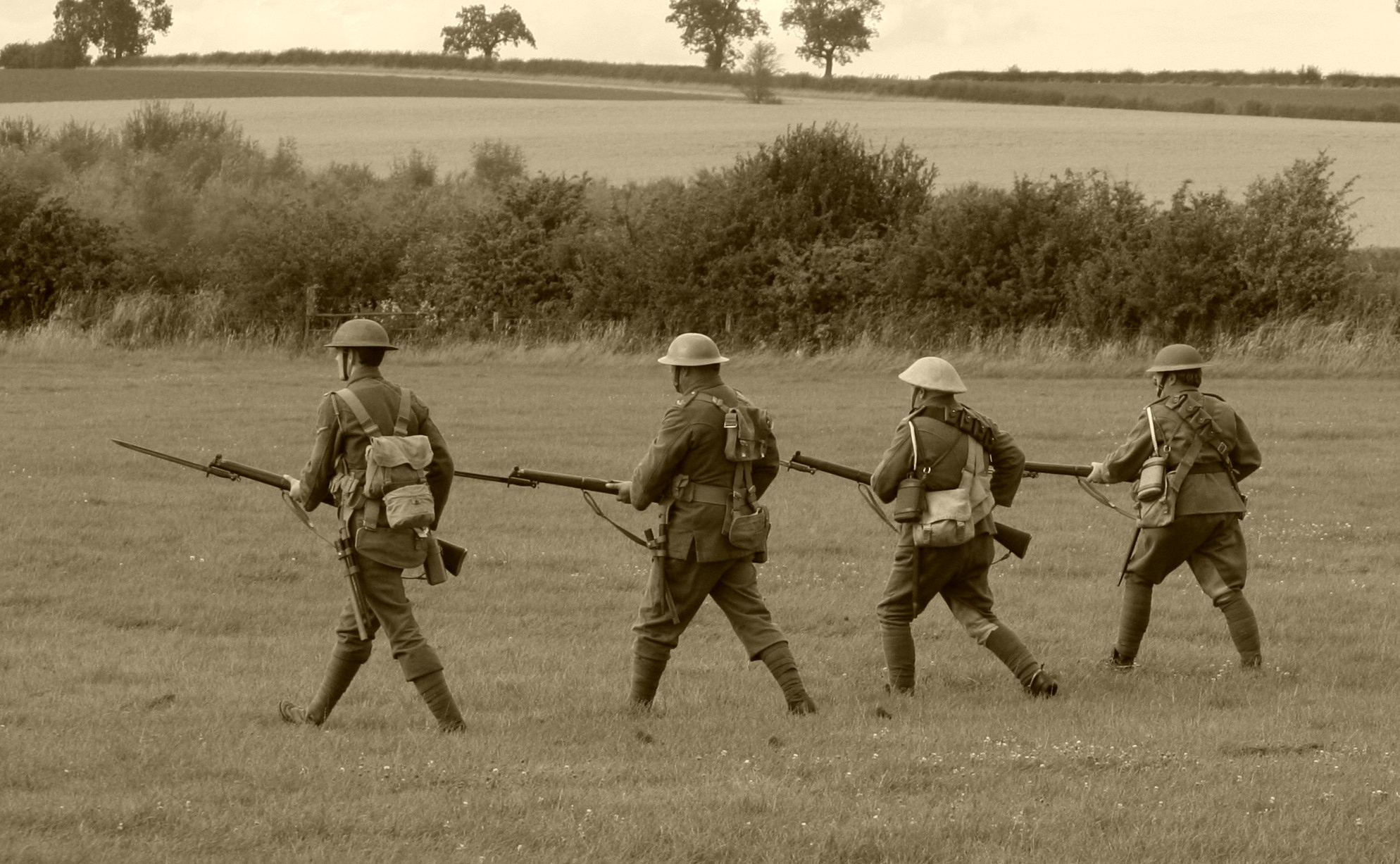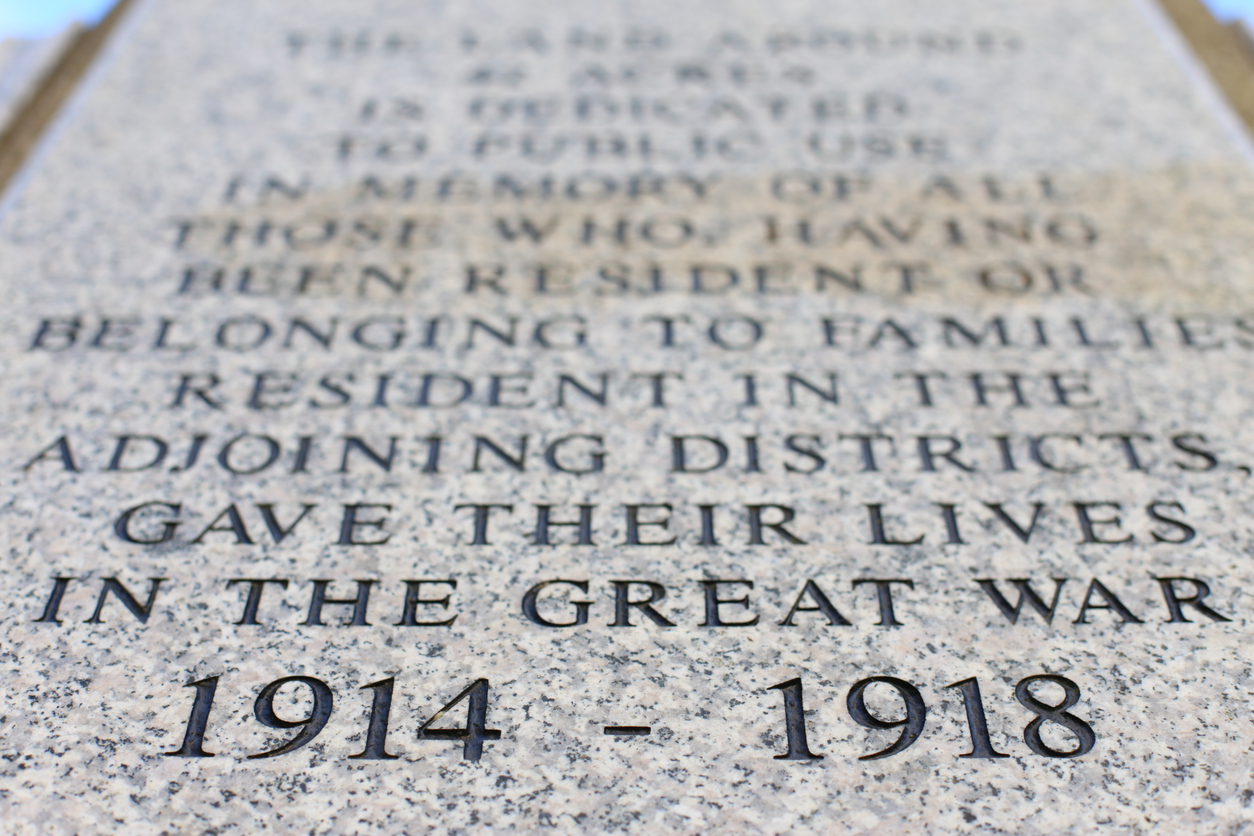
World War I is complicated. Unlike World War II, where there is a set good side and bad side, the Great War proved no good guys or bad guys. WWI was a mess of alliances, trenches, and new and devastating technological innovations. The question that many teachers have when they cover World War I is, “how do you cover something so complex in so little time?” Or it may be a question of how to bring the complexity of the war across to students in a way that they can easily understand it. Not to worry, this blog will contain some strategies that you can use to bring WWI to your students in interesting ways!
Trench Warfare Simulation
Trench warfare was a big part of World War I and arguably what it’s remembered for. It was the method that most of the war was waged with, and it was the reason why it dragged on for so long. I found that the best way to bring trench warfare across to students was through simulation. The following simulation will require you to move your classroom around, but it is really worth the effort once it comes together. Start with gathering the following supplies:
- Disposable/Recyclable Paper (This will be used as ammunition.)
- Bubble Wrap
- Paper to cover the floor (You can use the paper from the big rolls in some art classrooms)
Once you have everything you need, this is what you will need to do to the classroom:
- Move your desks to the opposite sides of your classroom.
- Set them up like trenches, where students will have to line up and sit down behind the line of desks.
- Place the bubble wrap around the floor between the rows of desks. (These represent landmines in No Man’s Land.)
- Use the big paper to cover the floor (this hides the bubble wrap).
- Have the students come into the classroom and assign them to a trench.
- Make sure that you have students put their belongings at the front of the classroom.
- Allow students to throw the paper balls that they made.
- Make sure that you establish some ground rules to ensure no injury.
- Have some scenarios written out for the students to follow to keep the simulation structured.
- Have students write letters in their trenches as the “fighting” continues.
- There are plenty of Youtube videos where you can get some kind of background battle sounds.
You can make whatever changes to the simulation that you feel are necessary for your classes. Using this method, I have had a lot of students remember the lesson and remember the concept of trench warfare. Simulation is one of the best ways to show students what you are trying to teach them, but sometimes it is just as effective to simply show them concepts via images, videos, etc.
For additional ideas for simulations related to your WWI curriculum, try World History Activators and The Aftermath of Imperialism from Interact.

Show Don’t Tell
World War I used an immense amount of technology that is still used today. Technology such as the airplane, tanks, machine guns, and poison gas. Something as simple as showing students examples of these technologies in use, can go a long way to help your students comprehend these innovations. There are countless pictures, videos, and films that show off the above technologies. Some examples include:
- Simple History (Youtube Channel)
- Image Archives
- Battlefield 1 (2016 Video Game)
- The film Gallipoli (Make sure you get this approved by your administrator)
- History Channel
- The National WWI Museum and Memorial
These examples are just a few ways that you can show the students WWI in action. Images and videos are often underutilized when teaching history concepts like WWI. These examples can be used to bring history to life for your students. If it is brought to life, students are far more likely to be engaged. All of this can be overwhelming for students, especially given the complexity of WWI. Another way that is (in my opinion) necessary to teach WWI is simplification.

Simplification
To many social studies teachers, simplification is a dirty word. While I would agree most of the time, most students (especially at the middle school level) have a difficult time grasping difficult concepts like WWI. It is part of our job to ensure that students have a clear understanding of these concepts. There are numerous concepts that WWI introduces to students that may need to be simplified for the sake of teaching it. Some of these include:
- Militarism
- Nationalism
- Military Alliances
- Competitive Imperialism
- Interventionism
Those are just some of the concepts that are introduced during and following World War I. These concepts are often simplified through creative lessons and vocabulary activities. You can do something like M.A.I.N. to teach the causes of WWI. M.A.I.N. stands for
- Militarism
- Alliances
- Imperialism
- Nationalism
These concepts are what students will need to know to have at least a basic understanding of WWI and how it began. You can also use those words as vocabulary practice.You can also use videos from Youtube channels like Simple History in order to boil down these concepts to their basics. WWI, like so many other historical events, deserves to be taught in such a manner that students will walk away from the lesson or unit with a comprehensive understanding of the conflict.
Links to some additional resources:
- Simple History: https://www.youtube.com/@Simplehistory
- The National WWI Museum and Memorial: https://www.theworldwar.org/
- National Archives: https://www.archives.gov/research/still-pictures/world-wars
- History Channel: https://www.history.com/topics/world-war-i
Seeking more lessons to teach World War I?
Sign up for a free 30-day trial of Active Classroom
Brendan King is a blog contributor for Social Studies School Service. He loves the study of history and reading any historical work he can get his hands on. More importantly, he is passionate about teaching history and social studies in fun and unique ways. He earned his B.A. in History at the University of West Georgia and currently teaches sixth-grade social studies. His hobbies include reading, playing video games, watching movies, and exercising.
